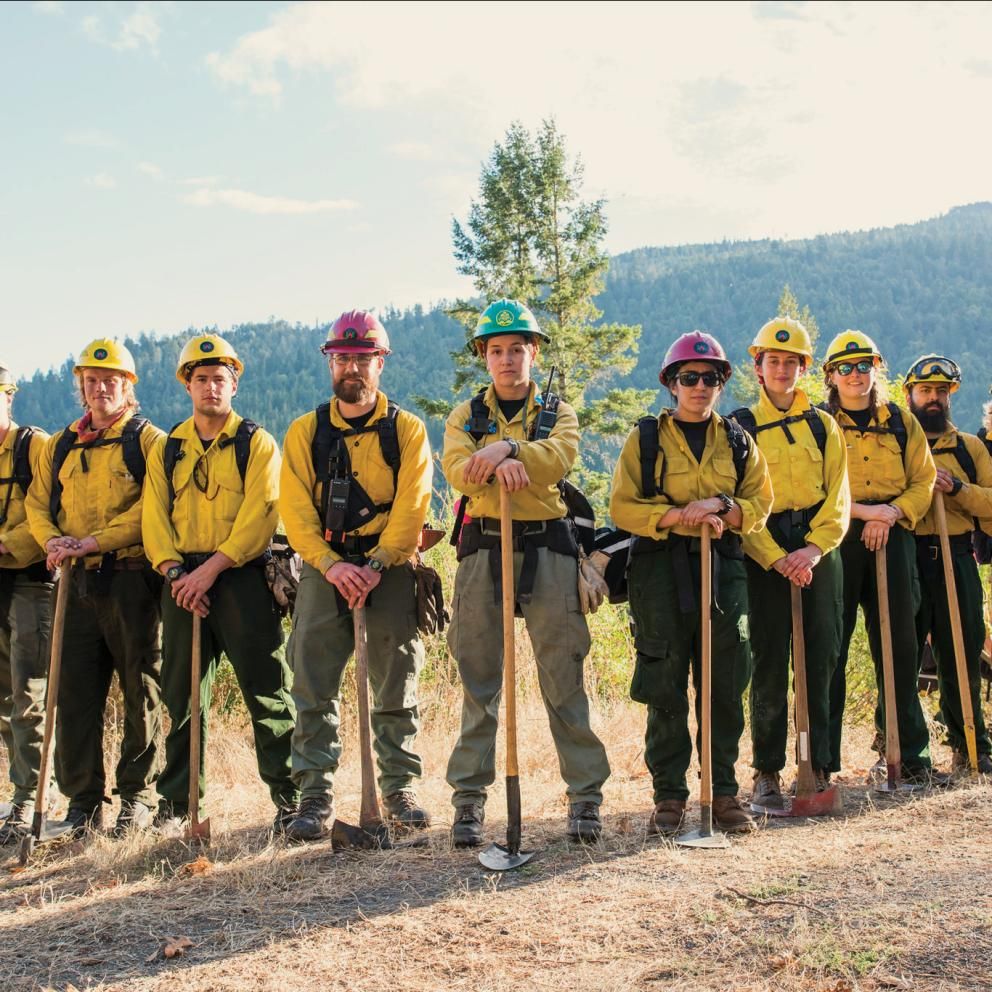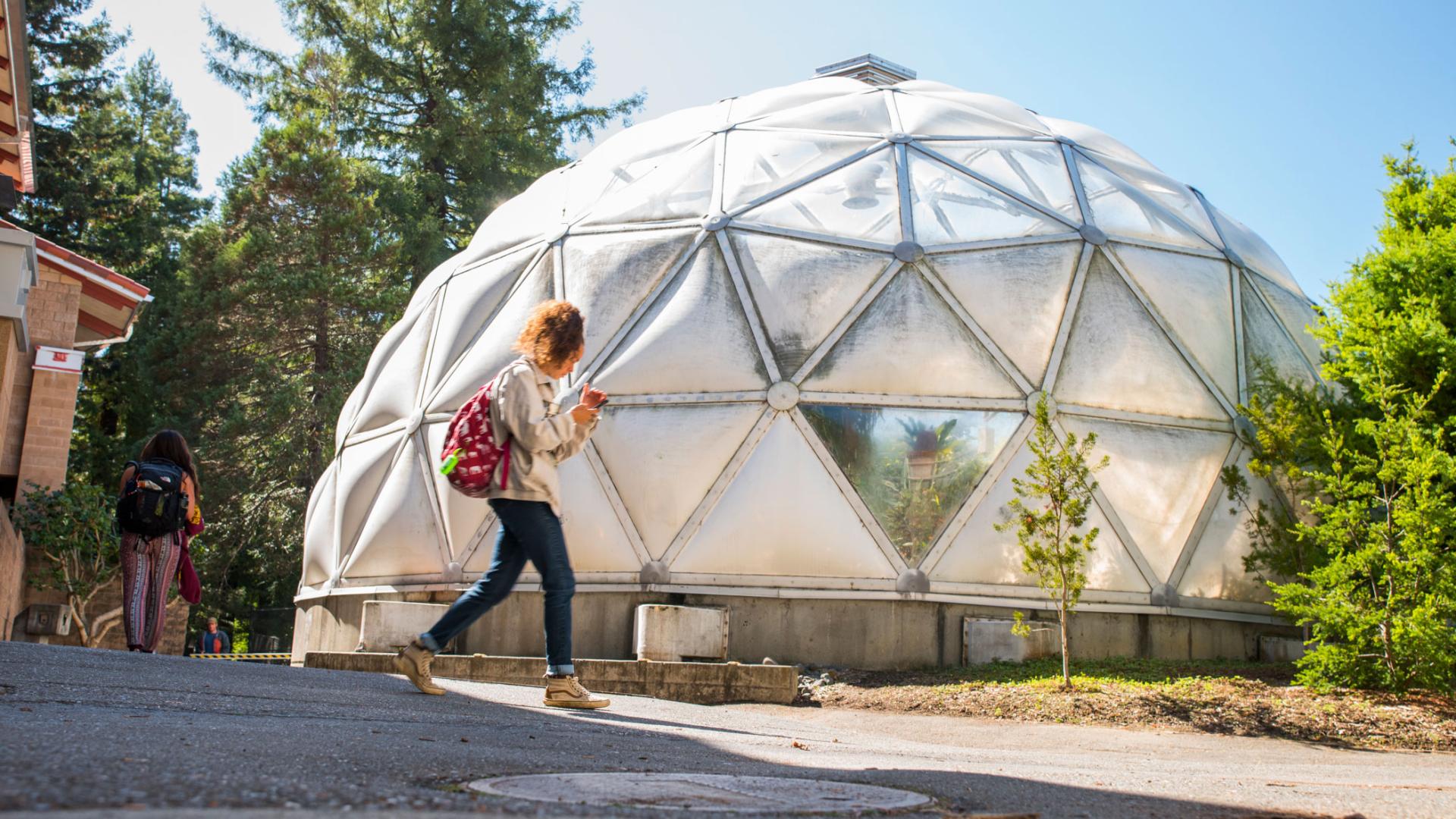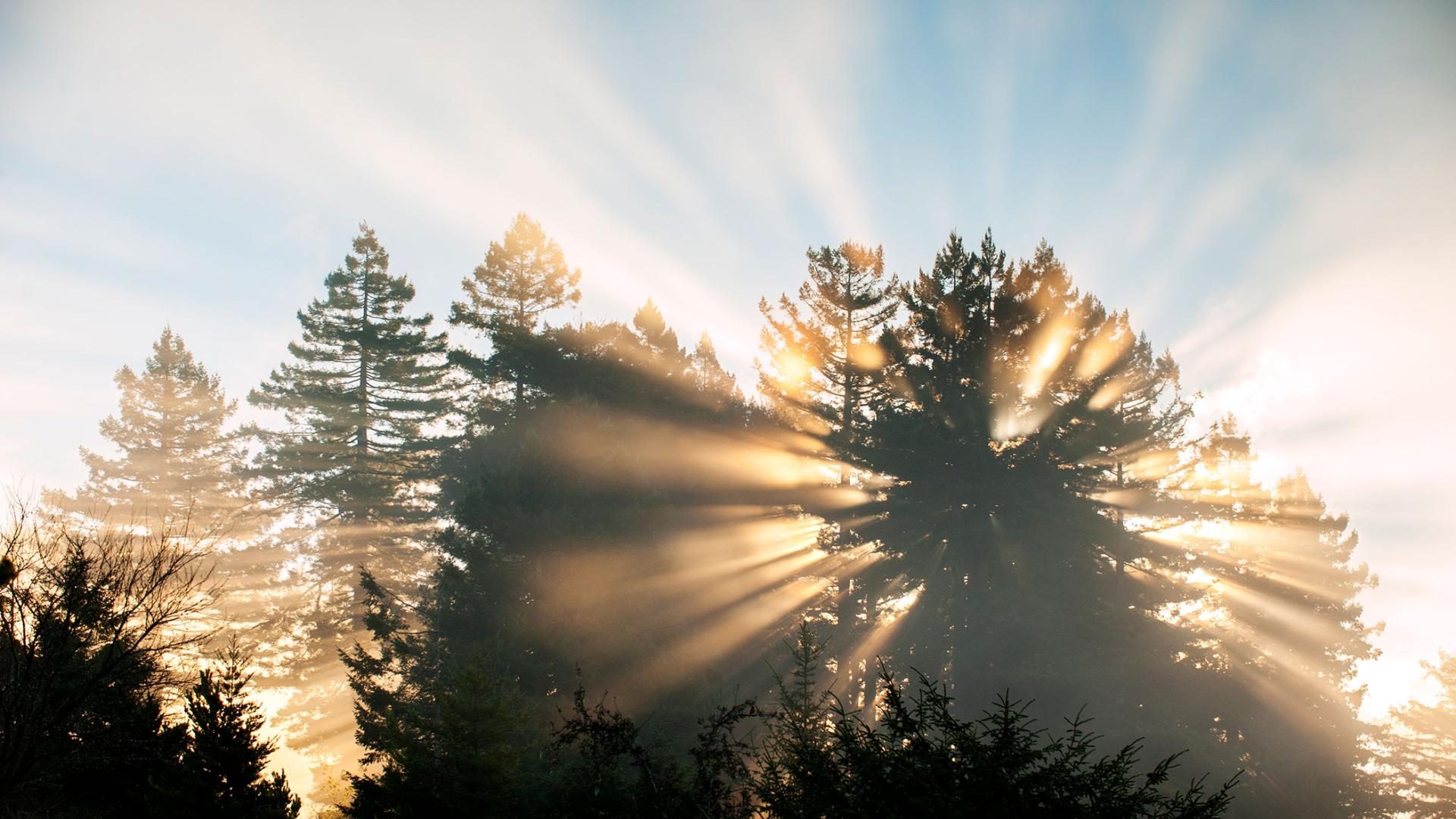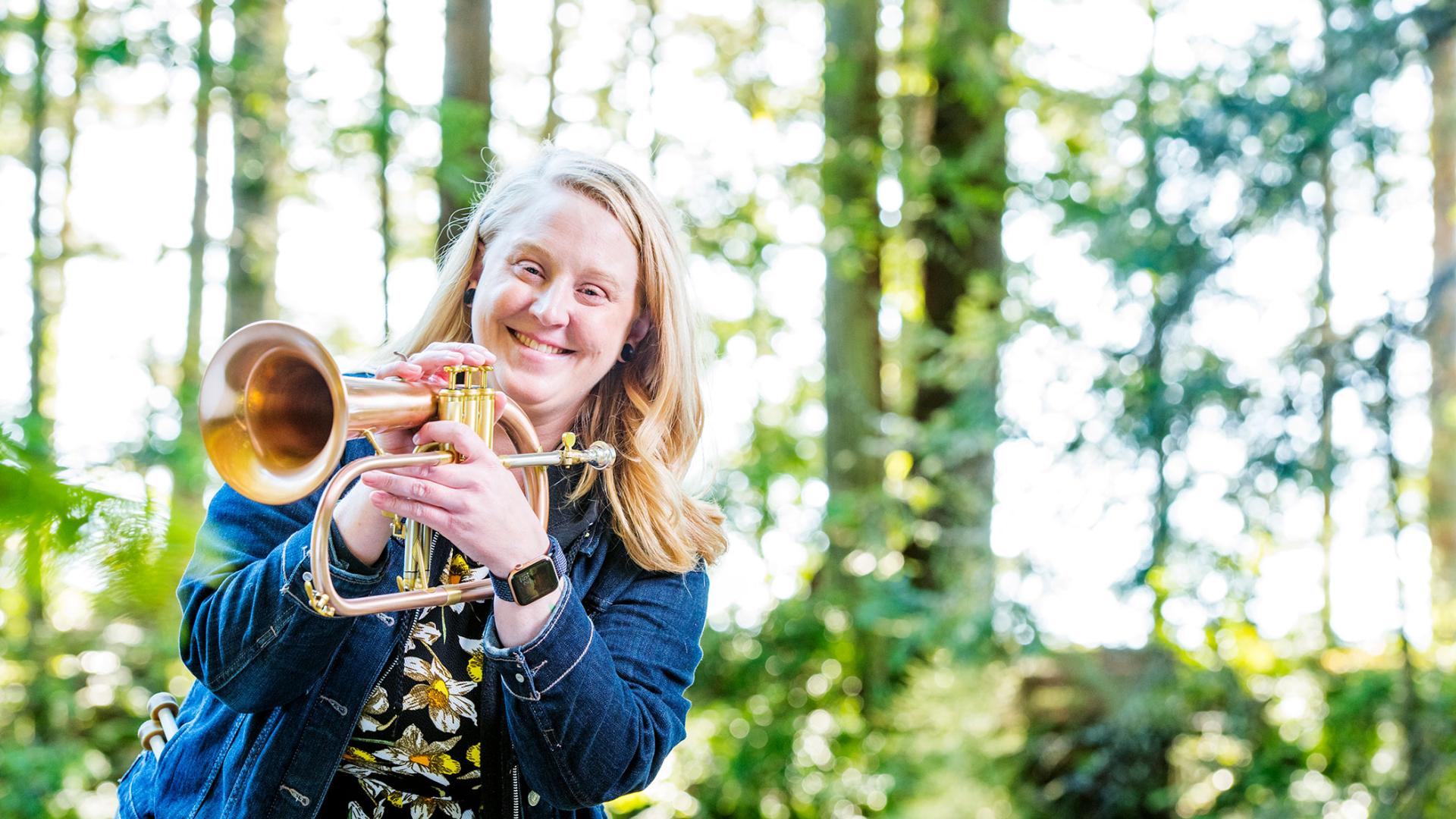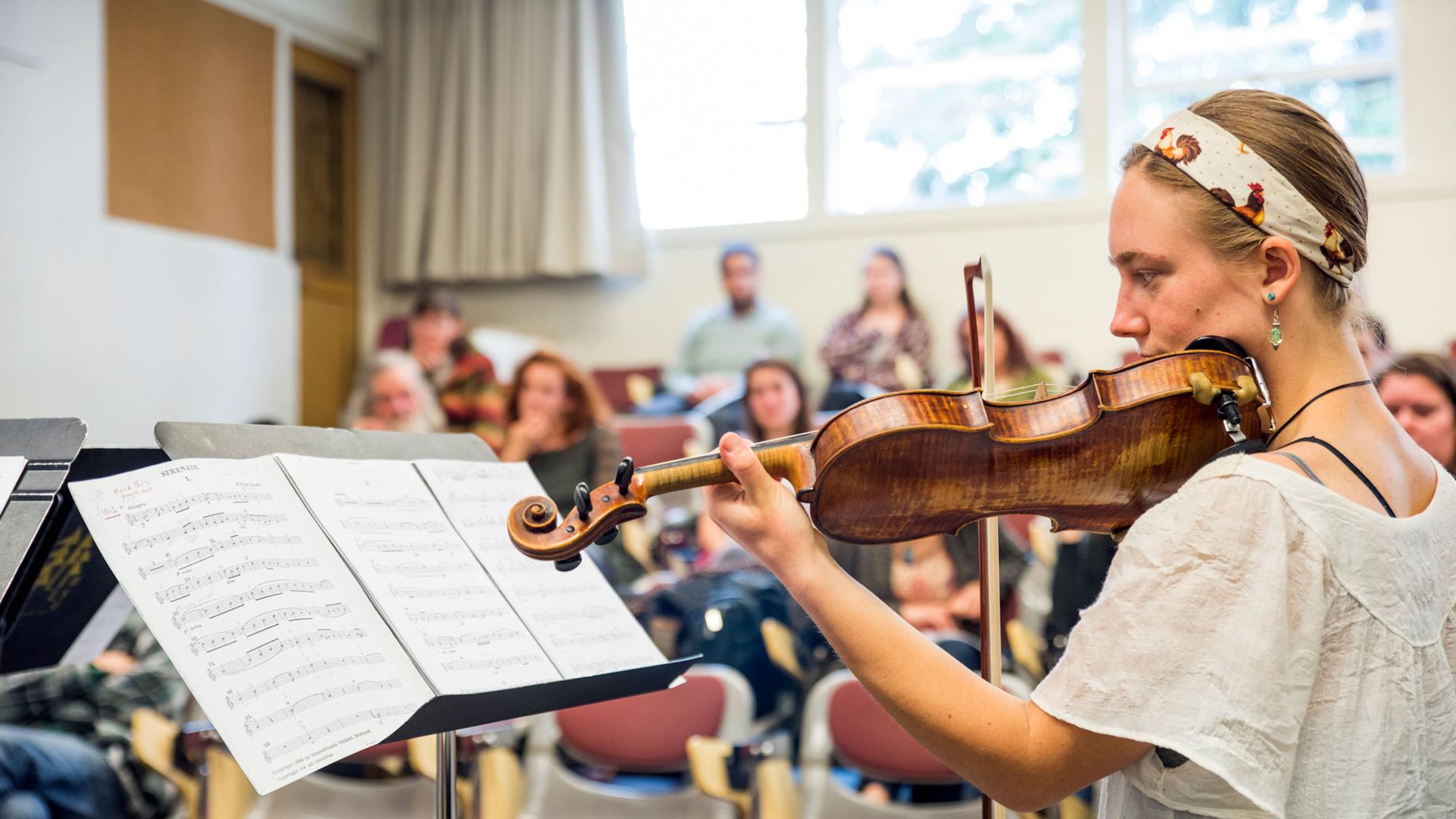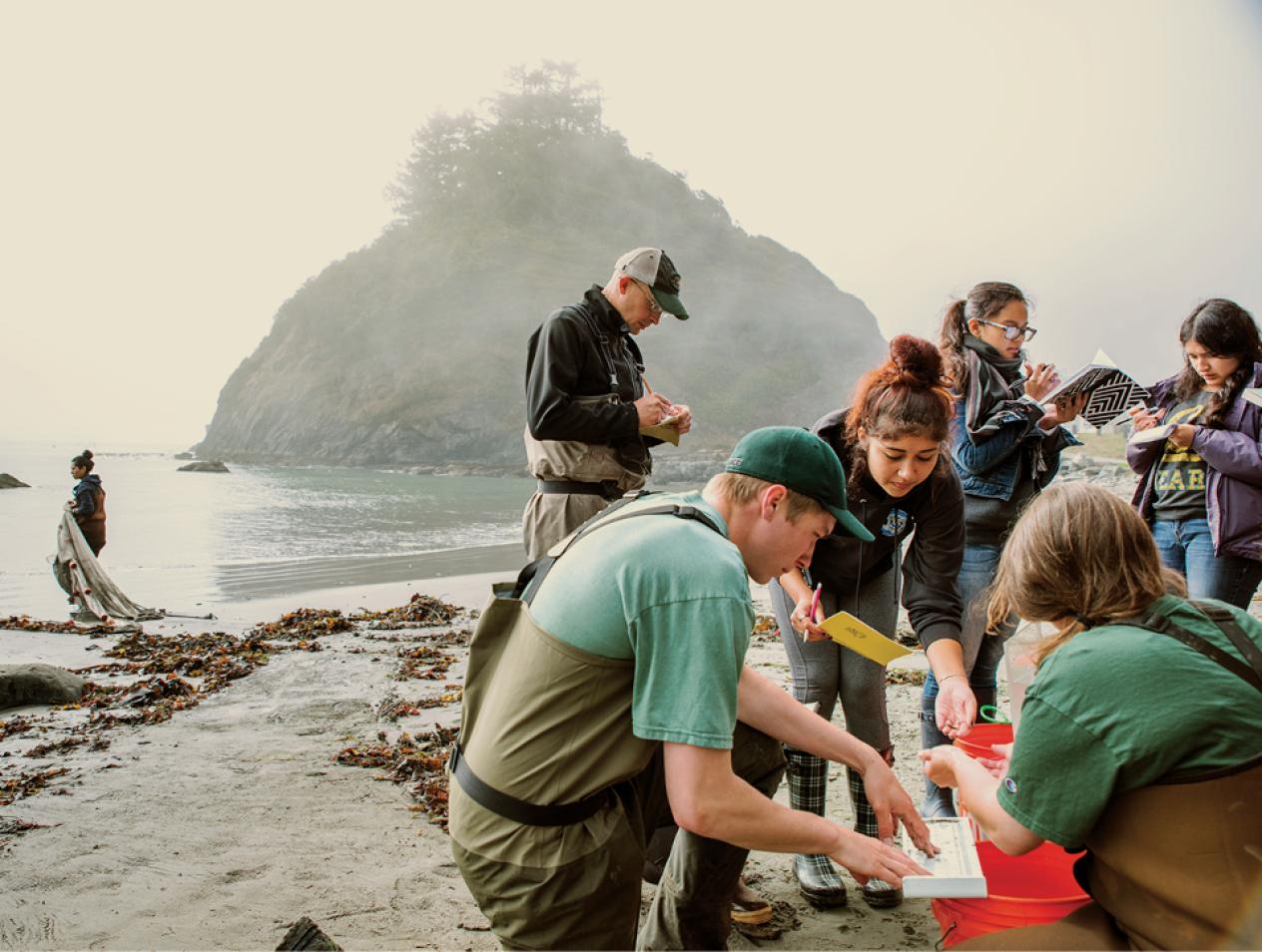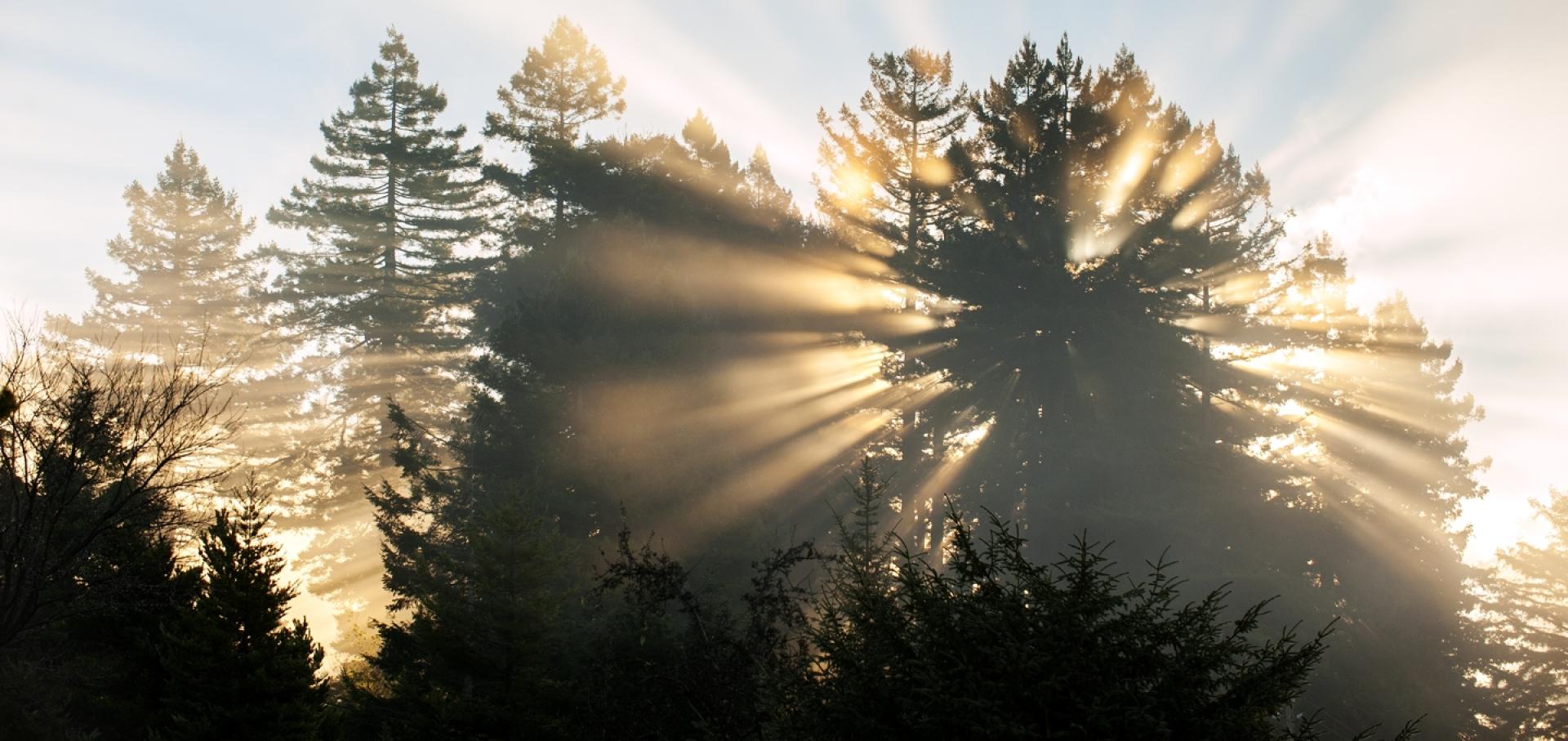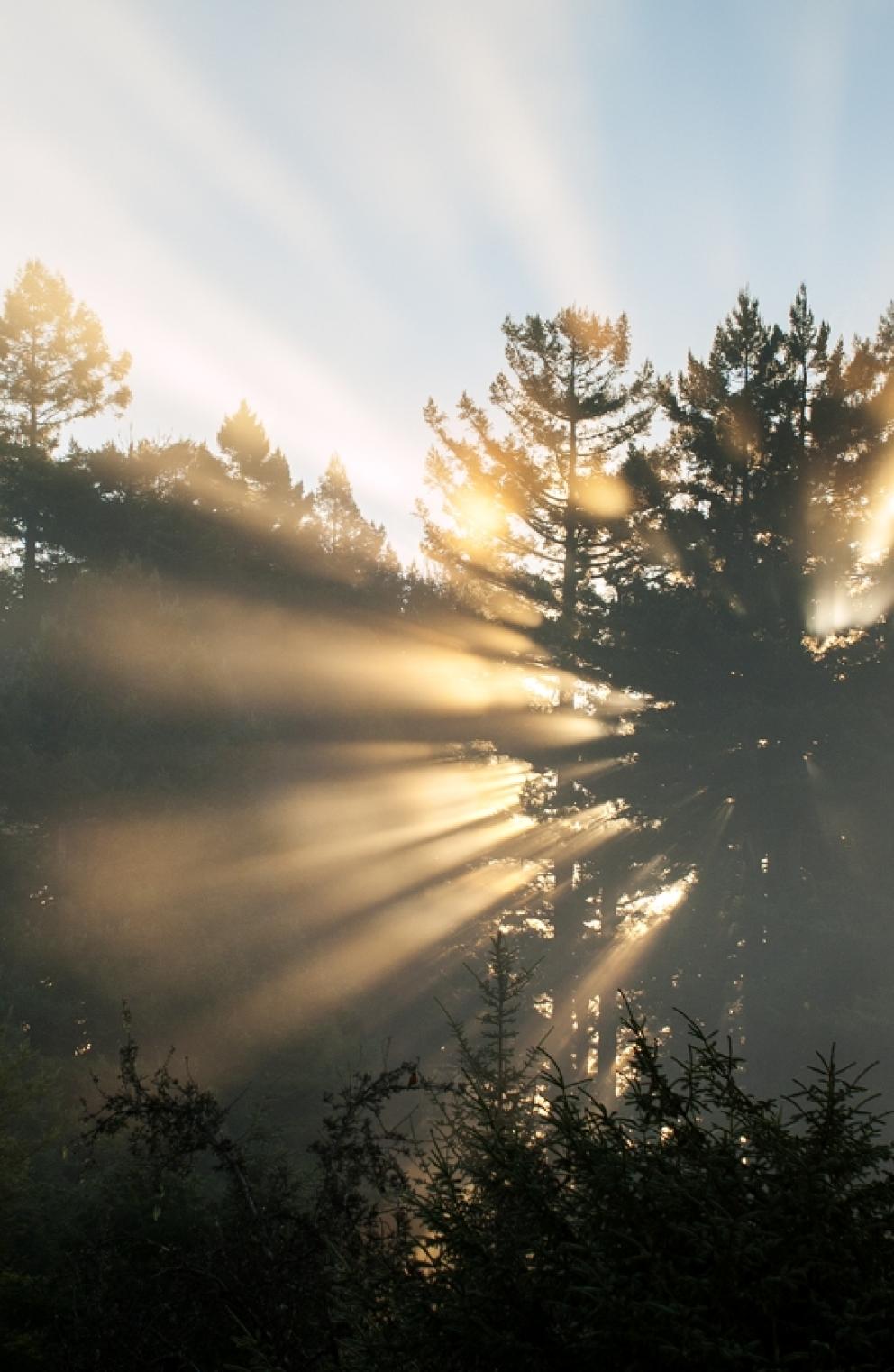Breadcrumb
College of Natural Resources & Sciences
Find yourself in the heart of the natural ecosystems where groundbreaking discoveries are made and science can be truly experienced, both in the living laboratory of our surroundings and in our world-class facilities on campus.
At one with nature. At work in nature.
Ancient forests. Sprawling wetlands. Mountains and rivers and beaches and bays.
At Cal Poly Humboldt, we know these settings — our surroundings — intimately. They’re not only destinations for weekend excursions. They’re laboratories for transformative research that continues to place us among the finest colleges in natural resources. Through rigorous instruction and fieldwork, Humboldt students learn from the brightest minds in natural resources and sciences. Our faculty go above and beyond to provide the expertise, experience, and support you need to launch an amazing career.
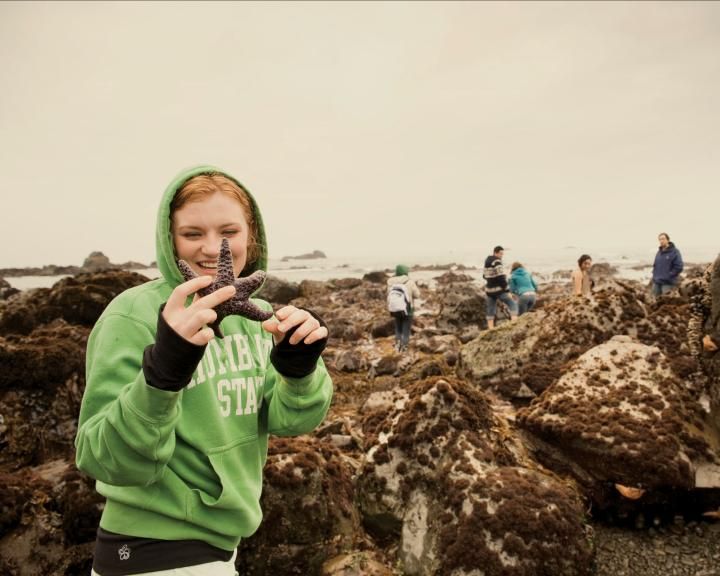
Do Something
Earth-Shattering
Undergraduate Research
Your trek into the exciting world of hands-on research — both out there in the world and in our state-of-the-art research facilities — can start almost as soon as you arrive. Find a professor who’s doing work you love? Roll up your sleeves and start doing.
Fieldwork
Cal Poly Humboldt takes you right into the field. Here in the redwoods, the mountains, and the rivers, you’ll learn to sharpen your most valuable skills all at once — from tracking elk and testing water samples to technical writing and labwork with peers.
Personal Attention
Supporting students’ explorations of their field out in the world and in the classroom is second nature at Cal Poly Humboldt. Learn with your hands and with your minds in our world-class facilities and stay supported by our advisors and professors alike.

Be a CNRS insider.
Keep a pulse on what’s new at the College of Natural Resources & Sciences with these resources.
Meet Emily Jackson
As an undergraduate in Biological Sciences, Emily Jackson competed in the 36th Annual California State University Student Research Competition. Her work is mapping the invasion of a non-native spikemoss called Selaginella kraussiana in a redwood forest of northern California — part of a broader research program led by faculty advisor Erik Jules, Chair of Biological Sciences.
